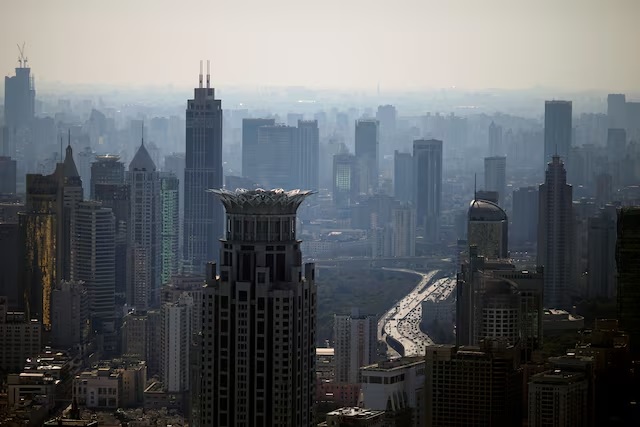Gopalganj Violence: Serious Human Rights Violations and ASK’s On-the-Ground Findings

Background: What Happened in Gopalganj?
On 16 July 2025, a political rally organized by the National Citizens’ Party (NCP) in Gopalganj turned violent following clashes with local Awami League activists and affiliates. Several were killed, dozens injured, and over a hundred people arrested. In response, a four-member team from Ain o Salish Kendra (ASK) conducted a fact-finding mission in the area on 21–22 July.
ASK’s Assessment: Alarming Violations of Rights
ASK’s report concluded that serious human rights violations occurred during the Gopalganj violence. The attack on a political rally also undermined citizens’ rights to peaceful assembly and expression, prompting ASK to call for an independent and fair investigation.

How It Started: Tension Triggered by Aggressive Speech
According to eyewitnesses, the situation escalated quickly after NCP leaders made provocative remarks about Bangabandhu Sheikh Mujibur Rahman and the Awami League during their speeches. This led to heightened tension and a three-hour-long violent confrontation, allegedly involving “ordinary citizens” who took to the streets in response.
Pre-Positioning and Alleged Intimidation
ASK reported that Awami League supporters occupied various strategic points in the city with sticks and local weapons from the morning of the rally. Throughout the night, there were arbitrary arrests, threats of extortion, and widespread panic, forcing many residents to flee. Even in areas unaffected by the violence, there were law enforcement crackdowns, according to local testimonies.
Harassment Over Autopsy Process

Of the five confirmed deaths, only Ramzan Munshi’s body underwent autopsy at a Dhaka hospital. Families of the other victims, including Imon Talukdar—who had gunshot wounds and facial injuries, but no political links—said they were pressured by hospital authorities to bury the bodies without post-mortem examinations. Later, under police orders, the graves of three victims were reopened on 21 July for belated autopsies. ASK’s team was present during this process, which families described as a new form of harassment.
Mass Cases and Arrests: Children Included
As of 21 July, eight cases had been filed with a total of 5,400 accused, of whom 358 were named—including 3 women and 32 Hindus. Alarmingly, 18 children had been arrested under these cases, some reportedly under the Anti-Terrorism Act of 2009. Families strongly deny their involvement in the violence.
Hospital Data: Who Were the Victims?
According to ASK, 24 individuals were treated at Gopalganj General Hospital following the violence—21 civilians, 2 police officers, and a driver of the Upazila Nirbahi Officer (UNO). Though it’s unclear how many were shot, none of the police or government personnel were injured by bullets. Four people were declared dead on arrival at the hospital, though at least one case—that of Dipto Saha—was later challenged by ASK.

Police Denial and Army Deployment
The Gopalganj Superintendent of Police (SP) told ASK that no lethal weapons were used by police, and that officers showed restraint despite attempts to block roads by attackers. He stated that NCP leaders were brought to his office for their safety and that two military armored vehicles were deployed for additional security. As of 20 July, 177 individuals had been arrested, and eight cases were filed—though jail and property attack cases were still pending.
ASK’s Difficulties in Data Collection
ASK reported that when its team visited the local police station, the officer-in-charge behaved discourteously. They also couldn’t reach army officials stationed in the district, despite repeated efforts.
This report by ASK raises grave concerns about state overreach, due process violations, and the overall treatment of both victims and ordinary citizens in the aftermath of political unrest in Gopalganj.



















